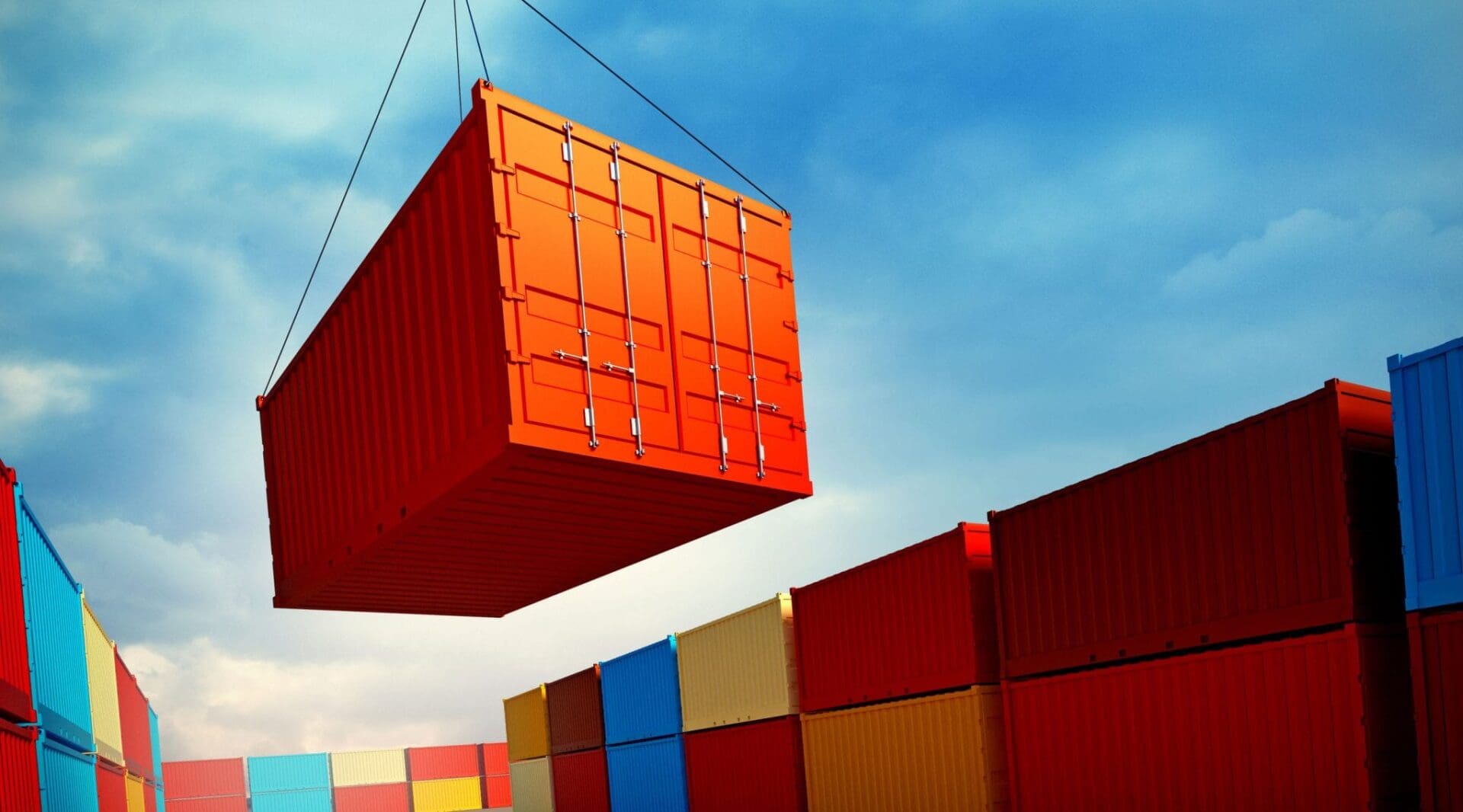West Coast Port Situation – 2016
News Alert
> 04/16/2025 > China Now Faces 245% Trump Tariff
> 04/09/2025 > President Trump Announces 90 Day Pause of Reciprocal Tariffs
> 04/09/25 > UPDATED GUIDANCE – Reciprocal Tariffs on China, April 9, 2025, Effective Date
> 04/03/2025 > White House Announces Reciprocal Tariffs
> 03/13/2025 > Update: Section 232 Aluminum and Steel Reporting Guidelines
> 3/13/2025 > Urgent Update: Section 232 Tariffs Set to Take Effect
> 03/04/2025 > Canada, Mexico, and China Retaliatory Tariffs
> 03/04/25 > TARIFF UPDATE: Canada, Mexico, China, Steel & Aluminum

West Coast Port Situation – 2016
Posted on Jan 12
01/11/2016The Port of Long Beach proposed last November to reduce the free time for containers discharged there from 4 days to 3 days as a tool to combat congestion.Various shippers associations, including the National Retail Federation, have voiced their opinion that this move is not the right tool to relieve congestion and throughput issues as unilaterally it would increase congestion and operational problems, and in turn lead to higher demurrage cost for shippers.Clearly it is not in most shippers’ interest that their containers are sitting in terminals in Long Beach – they want their containers to be moved out of the port as quickly as possible. As issues that lead to delays, like missing visibility of container readiness, long wait times for truckers, chassis availability and PierPass delays, to name a few, are out of the control of shippers, they need to be analyzed and addressed to improve port throughput.Various shipper groups also recommended that the Ports of Long Beach and Los Angeles coordinate any efforts in this regard to avoid confusion about the rules at the various terminals.This issue will definitely be a hot item in 2016, as shippers claim that the solution for the issues at the port complex are an increase in terminal operating capacity as well as lanes and gates to support increased and improved daily throughput. This includes the need for uniformity across the terminals regarding the number of weekly and open night shifts as well as Saturday and holiday schedules, rather than a reduction in free time.12/28/2015Although port operations are back to normal after a year filled with immense problems like congestion, chassis shortages and of course labor negotiations that dragged on forever a big problem persists: the extremely long time truckers have to wait in line in the port terminals to drop and pick-up cargo.Average truck turn times remain at the high level of about 90 minutes, of which 70 minutes (77%) are spent inside the terminal, while the remaining 20 minutes are spent in queues outside the terminal gates.No one seems to have a working solution to reduce these numbers to a more acceptable number of about 1 hour total time.Data recently released by the Pacific Maritime Organization (PMA) shows that dockworker man-hours have fallen from the extremely high levels during the congestion period in 2015 to the level of Spring 2014, indicating that containers are not being handled multiple times anymore as earlier this year.However, the time truckers spend in-terminal remains elevated.The outside queue time of 20 minutes also does not vary very much from the levels of previous years, although it definitely is also not a great number in comparison to other ports.A company that measures port productivity on a scale from 1 to 100 recently noted that during recent years LALB’s number was around 60, with 80 being regarded “world-class performance”, but that this value dropped to 40 during the port congestion period and has not since recovered from that level.The port’s performance number is kept low due to several of the 13 terminals in the port complex consistently having average truck turn times of 2-3 hours.As overall cargo volumes chassis availability and labor productivity levels have not dramatically changed compared to 18 months ago points to another problem somewhere that has not yet been resolved.The Harbor Trucking Association of Southern California (HTA) sees a large part of the problem caused by “a lack of transparency in the supply chain, the inability or unwillingness of the partners to share the data they have and a refusal of each transportation sector to bend a bit for the good of the entire supply chain”, as Weston LaBar, the Executive Director of the HTA puts it.”The next big thing will be the utilization of technology, better use of information and providing a line of sight throughout the supply chain,” LaBar said.One example cited is the fact that only less than 40% of all truck moves are dual transactions, where a truck heads to or from the port empty instead of being utilized in a drop-and-pick scenario. The recent announcement that 10 of the 13 port terminals will implement trucker appointment systems in 2016 is not seen as a solution to this issue as the various systems to not communicate with each other, therefore not allowing truckers to perform dual transactions in various terminals.Improving the communication and coordination of the various players in the ports of LALB is seen as crucial to prepare the port for the challenges ahead, which include the efficient handling of ever larger vessels with the first 18,000 TEU vessel having docked there over the weekend – results on how efficient it was handled are still out.
